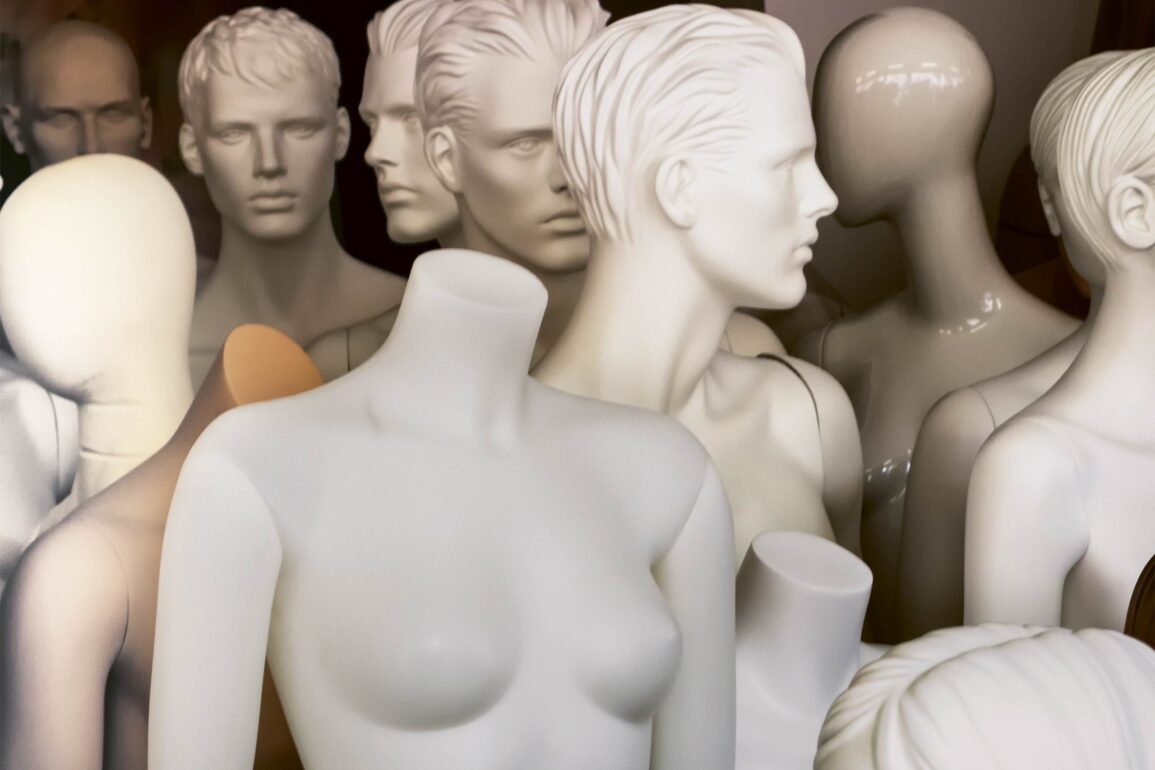How to break down gender roles, stereotypes and patterns of perception
Many charities would like to have more women on their management committees. The value of ‘diversity’ is increasingly well known. But how to find the right new candidate?
Based on our experience in appointing and supporting members of boards of trustees and executive boards, below is an analysis of what we have learned to date, along with specific advice on how to approach much-debated issues.
Are women less confident?
We know from socialisation research conducted in the 1990s (by Marianne Horstkemper1, among others) that gender-specific roles are established at school. For young women, these are often associated with lower self-confidence – even when they perform just as well as their male counterparts. It is precisely these women who grew up in the ’90s who are now approaching middle age and represent the pool of potential candidates for acting on charitable boards. We would therefore do well to actively encourage qualified female candidates. In an interview context, we also recommend comparing their own self-assessment with objective proofs of performance and third-party evaluations (e.g. references) to counterbalance any understatements.
Are female candidates assessed more harshly?
In our experience, female candidates and their applications are not necessarily assessed more harshly, but they are subject to different assumptions. Sociologist Pierre Bourdieu2 described the way in which we categorise the social world on the basis of our patterns of thought and perception. The culturally established gender binary often finds its way into our everyday judgements. Specifically, this means we assign people certain traits based on their gender. We do this to both men and women3.
We have had female candidates asked whether they will bring ‘feminine skills’ to the board, and we have also seen female candidates rejected because they ‘didn’t bring enough female qualities’ to the table.
We recommend sitting down with your selection committee and consciously addressing your internalised conceptions of gender roles. Clarify the expectations you have of both male and female board members. It makes a difference whether you are looking for a female candidate on the basis of ‘diversity’ (selection based on sex) or are seeking someone with the kind of qualities women have typically been socialised to have, such as empathy (selection based on gender categories). The latter is a skill set that can be found – or can be lacking – in both men and women. A first helpful step can be to anonymise people’s applications: separate someone’s gender from their CV, for example, by presenting candidates to the selection committee without their names or pictures.
Do women in leadership positions need to become more like men?
Our typical image of a manager is associated with stereotypical masculine traits: assertiveness, decisiveness and self-confidence.Many women who work as managers today have years of experience feeling like a ‘double deviant’. This term was used by the sociologist Daniela Rastetter4 to describe the
experience of not being considered either a ‘real woman’ or a ‘proper leader’. The former is based on the fact that they occupy a role chiefly performed by men, and the second occurs if they exhibit qualities other than those associated with stereotypically male managers. Fortunately, we are beginning to see a change in this prescriptive view of managers. This will allow organisations to develop much more diverse skills profiles, independent of people’s gender. ‘Soft skills’, such as the ability to take an inclusive approach, are increasingly in demand on boards of trustees, for example.We recommend rethinking your desired skills profile for members of your board of trustees. Does it always need to be the same set of – stereotypically male – requirements? What other qualities would strengthen your board of trustees and make it better able to face future challenges?
1
Horstkemper, M. (1995). School, gender and self-confidence. A longitudinal study of female socialisation at school. Juventa Verlag.
2
Bourdieu, P. (2005). Masculine Domination. Stanford University Press.
3
We are deliberately not including non-binary gender identities here, as we are concentrating on the socially constructed gender binary.
4
Rastetter, D. (2013). Sexuality and dominance in organisations. A gender comparison analysis (Vol. 33). Springer-Verlag.


